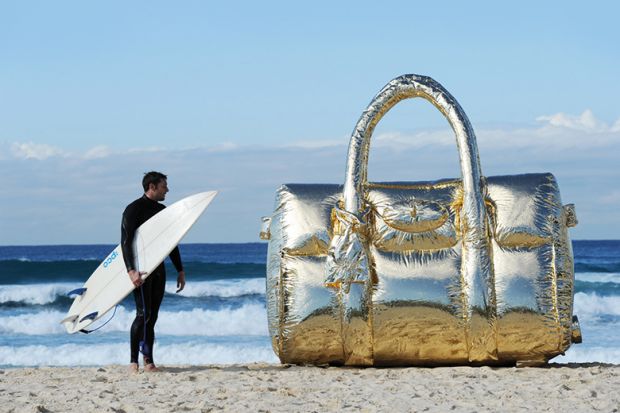Australian universities’ multibillion-dollar “profit” shows that they can thrive despite the freezing of their teaching grants, the country’s government has said. But the surplus cash is as little as one-third of what is needed to keep their house in order, according to tertiary education researcher Vin Massaro.
Professor Massaro said that operating surpluses of about 15 per cent were required to cover the costs of maintaining and renewing university infrastructure. The figure was calculated during deliberations over Australia’s 1994 “capital roll-in”, when a dedicated allocation for infrastructure was wrapped into universities’ operating grants, he said, but has never been disclosed publicly.
This contrasts with the average surplus of 5.2 per cent outlined in universities’ most recent financial statements, which cover the 2016 calendar year.
Simon Birmingham, the education minister, said that Australian universities were in good fiscal shape. “They generate a lot of revenue,” he said. “The latest audited data shows Australia’s universities ran a A$1.6 billion [£900 million] surplus.”
But Professor Massaro, an honorary fellow at the University of Melbourne’s LH Martin Institute, said that it was “nonsensical” for the minister to portray university surpluses as “slush funds”.
He said that he had been part of the 1990s committee, which was chaired by highly regarded university administrator John Hay. While the group had ultimately supported the capital roll-in, its members had considered the idea “dangerous”.
“We all felt that sooner or later, if the per capita funding went down, some universities would be in trouble because that was the only way they could generate surpluses to protect themselves into the future.”
As it happened, Australian governments established new infrastructure funds as economic stimulus measures during last decade’s recession. Chief among them was the A$500 million Better Universities Renewal Fund, which focused on maintenance and refurbishment, and some A$1.6 billion spent on cutting-edge research facilities through the now defunct Education Investment Fund.
However, with the axeing of the A$298 million Capital Development Pool in 2012, universities were again left with only operating grants to bankroll capital maintenance and development. Mr Birmingham said that this was enough, because funding from loans and teaching and research grants was growing.
He cited last year’s report from the Higher Education Infrastructure Working Group as evidence that universities were meeting their capital needs from within their own resources.
The report found that universities had generated A$10.6 billion from operating activities between 2011 and 2013, and reinvested the same amount in property, plant and equipment.
However, the report also found that the current funding situation posed “dangers and significant risks” to universities. “The continuing ability to generate sound operating surpluses lies at the heart of universities’ capacity to make the necessary infrastructure investments,” it said.
Ian Marshman, former chief operating officer at the University of Melbourne, said that 5 per cent of revenue had been considered an appropriate buffer to maintain and improve infrastructure. But this figure had been derived from the capital roll-in component – worth 5.7 per cent of total operating grants, when it was last explicitly identified in 2004 – which had always been “insufficient”.
“The idea that 10 to 15 per cent should have been set aside for capital is probably more realistic,” said Professor Marshman, now an honorary principal fellow at the Melbourne Centre for the Study of Higher Education.
Register to continue
Why register?
- Registration is free and only takes a moment
- Once registered, you can read 3 articles a month
- Sign up for our newsletter
Subscribe
Or subscribe for unlimited access to:
- Unlimited access to news, views, insights & reviews
- Digital editions
- Digital access to THE’s university and college rankings analysis
Already registered or a current subscriber? Login








